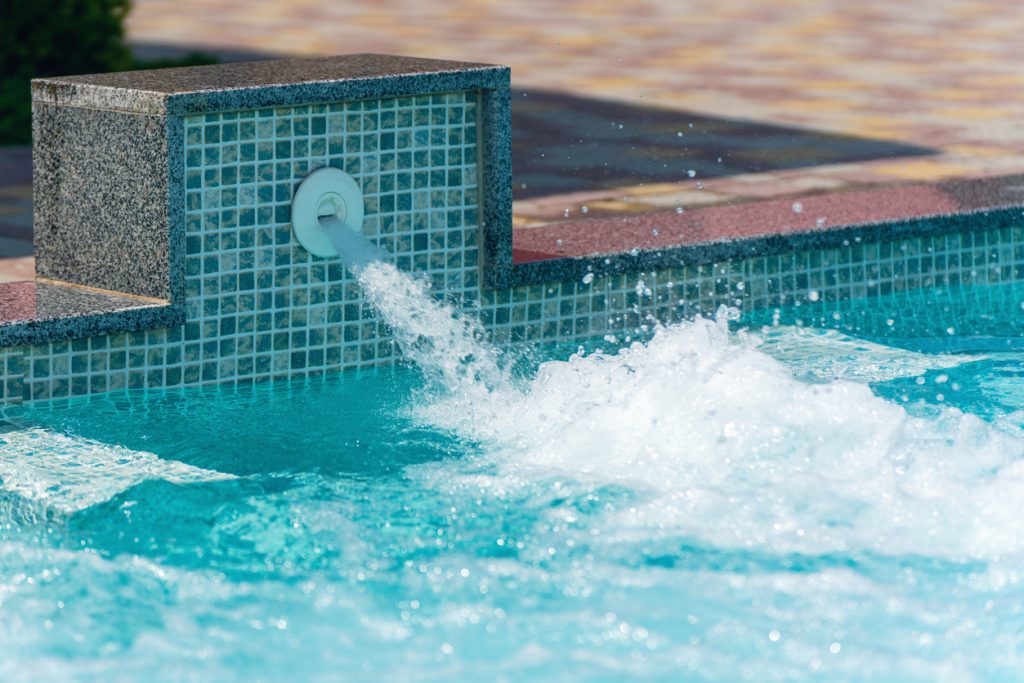Have you ever finished a refreshing swim only to feel that uncomfortable sensation of water stuck in your ear? This common issue occurs when water becomes trapped in the ear canal, leading to feelings of fullness, discomfort, or even temporary hearing loss. The ear’s anatomy, especially the ear canal’s bend, often holds onto water. While this is usually a minor nuisance, understanding how it happens and how to address it is essential for comfort and ear health.
Remedies for Removing Water from the Ear
If you find pool water stuck in your ear, don’t worry—several simple methods help remove it safely. Start by tilting your head to the same side and gently tugging on the earlobe to help straighten the ear canal, allowing gravity to work. Jumping on one foot with the tilted head can also help dislodge the trapped water. For persistent water, a mixture of half alcohol and half vinegar can be effective. Just a few drops in the ear will help evaporate the water and kill bacteria that could cause infections. Remember, these remedies should be done gently to avoid damaging the sensitive structures inside the ear.
When to Seek Medical Attention
While most cases of water stuck in the ear can be resolved at home, knowing when to seek medical help is crucial. If you experience persistent pain or swelling or if you suspect an infection (which might manifest as persistent itching or discharge), it’s time to consult a healthcare professional. Conditions like swimmer’s ear, an outer ear infection, can develop if water remains in the ear too long and creates a moist environment that bacteria love. Extended discomfort or a sudden loss of hearing also warrants visiting your doctor or an ear specialist. Timely medical intervention can prevent complications and ensure proper treatment, keeping your ears healthy and clear.
The Role of Dirty Pool Water in Ear Infections
Swimming in poorly maintained pools can increase the risk of ear infections. Dirty pool water contains a higher load of bacteria and pathogens, which can enter the ear canal and exacerbate the problem of water stuck in the ear. This makes it crucial to treat water in the ear promptly and ensure the swimming environment is clean and well-maintained.

Ensuring pools are regularly cleaned and treated, especially in public or frequently used pools, can significantly reduce the risk of infections. Regular checks for pH and chlorine levels can help maintain a safe swimming environment, protecting swimmers from unnecessary exposure to contaminants that can lead to ear and other waterborne infections.
Preventive Measures and the Benefits of UV Sterilizers
Preventing water from getting trapped in the ear can be as simple as wearing a swim cap or using earplugs while swimming. However, considering a more effective solution like a UV sterilizer is wise for those frequently using pools. Aqua Ultraviolet’s Pool/Spa UV Sterilizers offer an advanced solution for maintaining pristine pool conditions. These systems effectively eliminate harmful microorganisms, including bacteria, viruses, and algae, without the harsh effects of chemicals like chlorine.
UV sterilization helps keep the water clean and significantly reduces the likelihood of ear infections and other health issues associated with dirty water. By investing in a UV sterilizer, you’re not just protecting your ears; you’re ensuring a safer, healthier swimming experience for everyone.
As the sale period for our innovative pool/spa UV units approaches, consider upgrading your pool maintenance routine. Aqua Ultraviolet is committed to providing top-notch solutions that keep your pool water clean and your swimming experiences enjoyable and safe.
Learn more about how our UV sterilizers can enhance water quality and help keep your ears clear and healthy.
